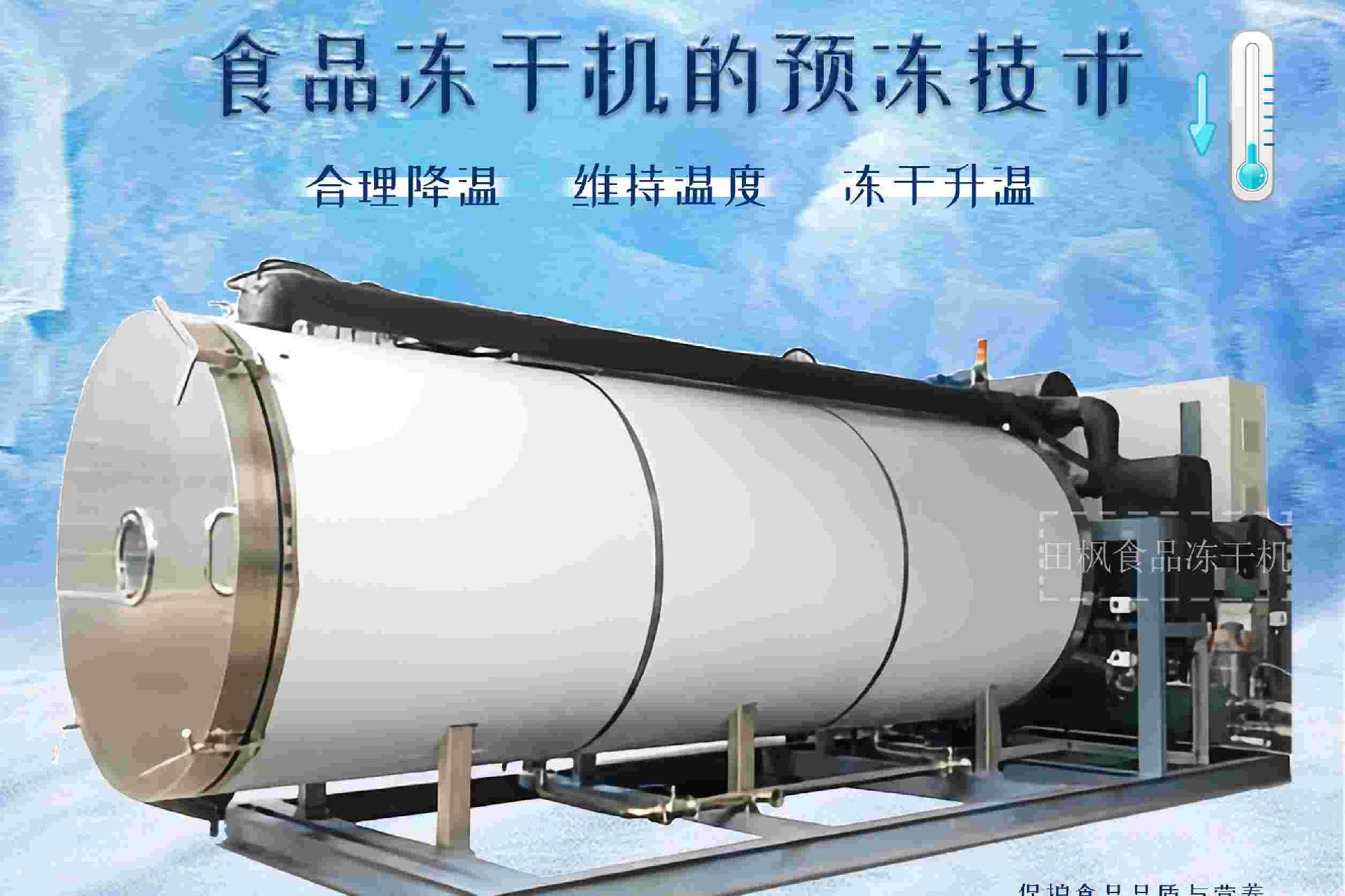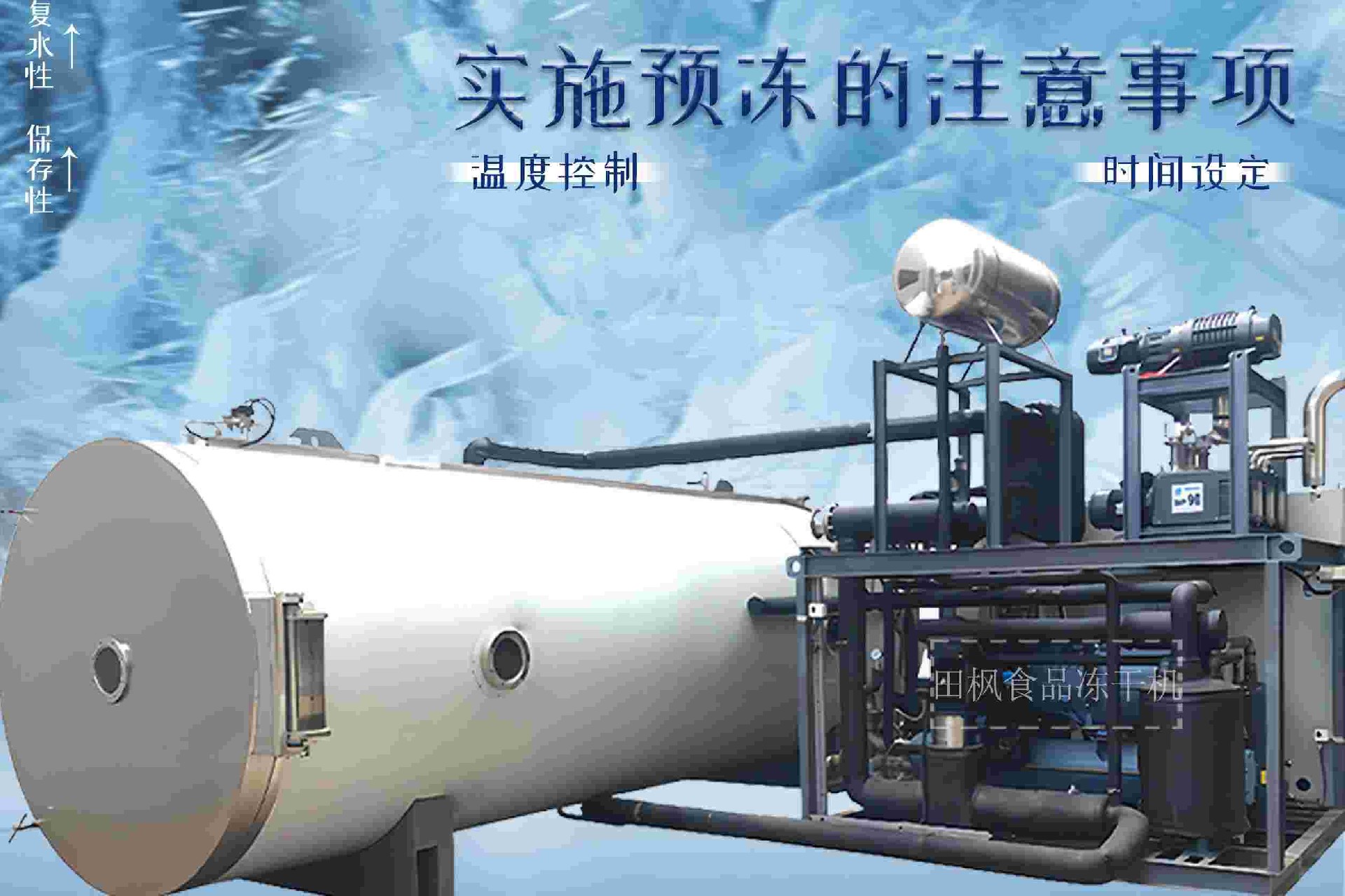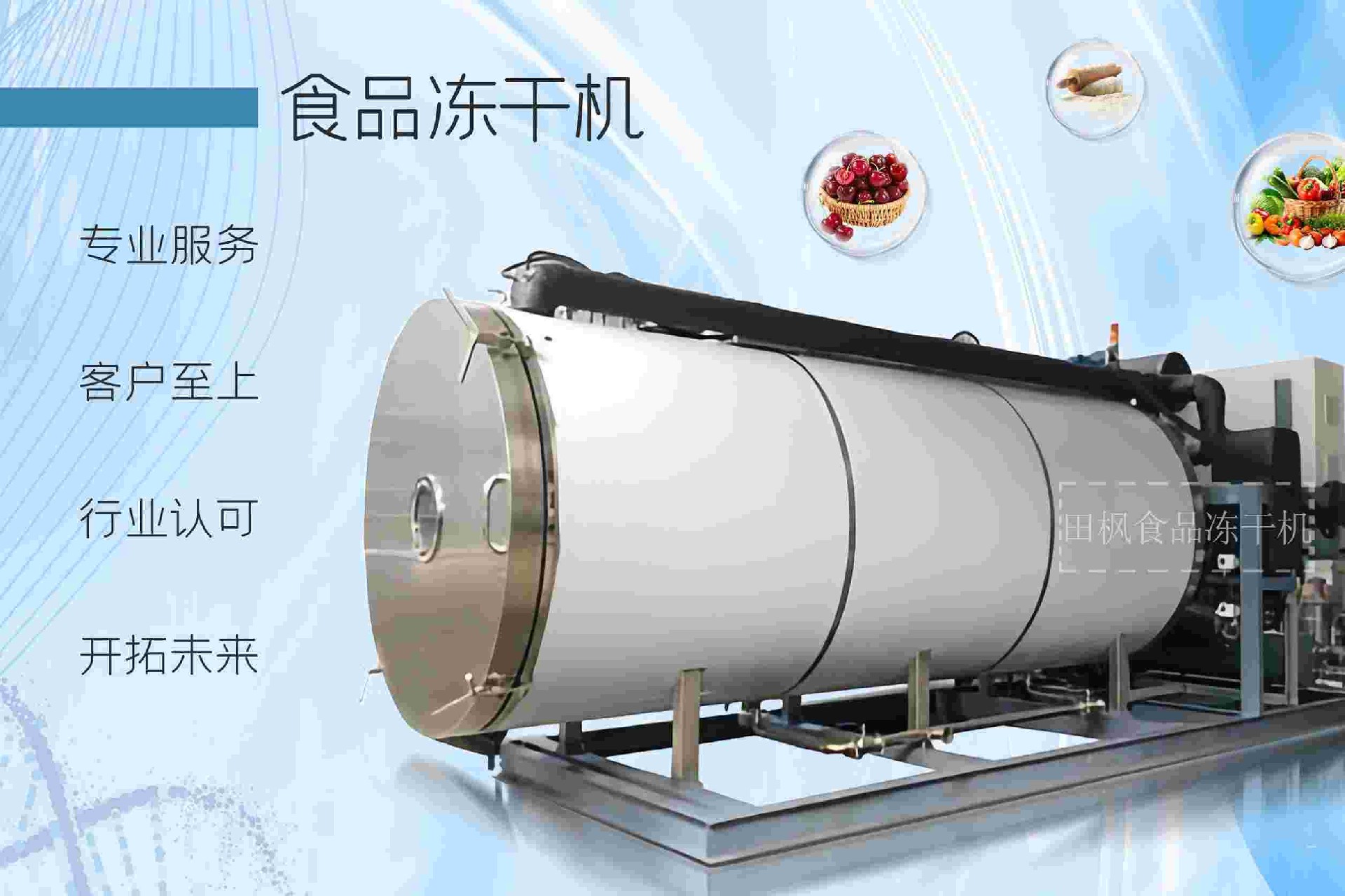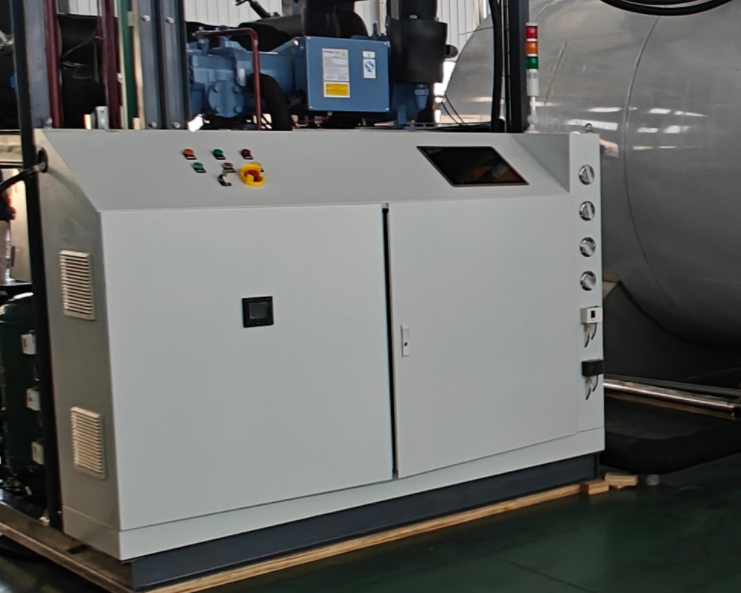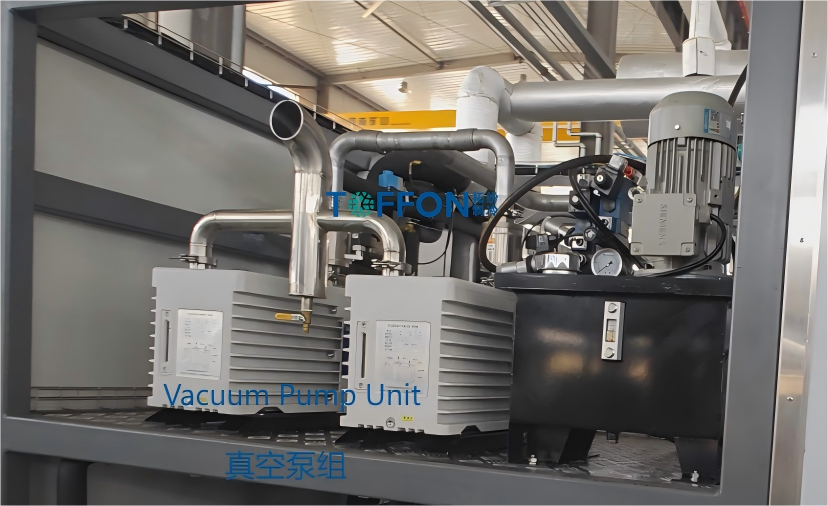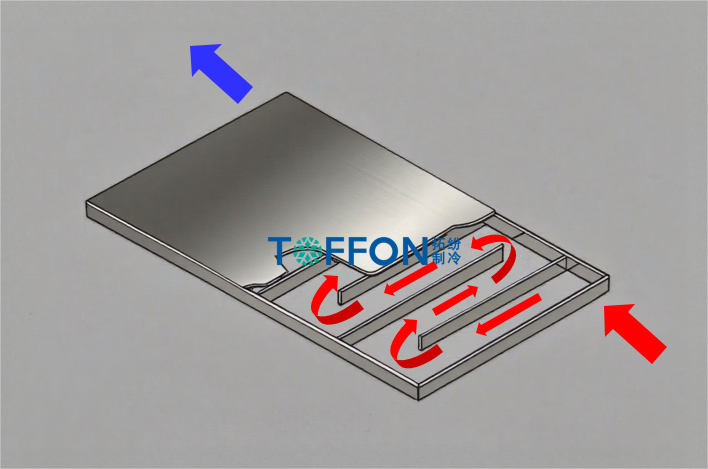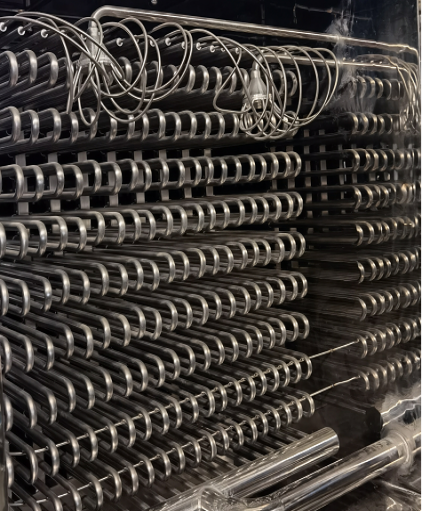With the continuous advancement of technology, food preservation techniques in the aerospace industry are also constantly evolving. Among them, freeze-drying machines, as an important food processing equipment, are playing an increasingly important role in this field with their unique advantages. Freeze drying technology is not only widely used in the food supply for astronauts, but also gradually penetrates into daily life, providing us with more convenient and nutritious food choices.
The working principle of a freeze dryer is to use a vacuum environment to directly convert water into steam after freezing food, thereby achieving dehydration. This process can effectively preserve the nutritional content, taste, and color of food, making it very suitable for long-term storage. The application of this technology in the aerospace field can be traced back to the 1960s. At that time, NASA began exploring how to provide astronauts with nutritious and easy to carry food to meet the needs of long-term space missions.
The harsh environment that astronauts face in space makes traditional food difficult to meet their needs. Freeze dried food is not only lightweight and easy to store, but also maintains a good taste in environments with a lack of gravity. This innovation greatly improves the dietary experience of astronauts, enabling them to obtain the necessary energy and nutrition during their missions.
With the development of technology, the application of freeze-drying machines has gradually expanded to other fields. Nowadays, many outdoor enthusiasts, travelers, and military personnel have started using freeze-dried foods because they are not only convenient to carry, but also can quickly restore their original flavor after adding water. This convenience makes freeze-dried food an indispensable part of modern life.
In addition, freeze-drying technology has shown great potential in food safety and preservation. By removing moisture, the growth of bacteria and mold is effectively inhibited, greatly extending the shelf life of food. This makes freeze-dried food an ideal emergency food choice in response to natural disasters, emergency rescue, and other scenarios.
In the future, with the further development of freeze-drying technology, we can expect more innovative applications. For example, by combining artificial intelligence and automation technology, future freeze-drying machines may be more efficient and even personalized according to the characteristics of different foods. This will bring new opportunities to the food industry, while also providing consumers with more healthy and delicious choices.
In short, the innovative journey of freeze-drying machines in the aerospace field not only provides a guarantee for astronauts' diet, but also has a profound impact on our daily food preservation and consumption habits. With the advancement of technology, there are infinite possibilities waiting for us to explore in this field.
 CN
CN English
English

